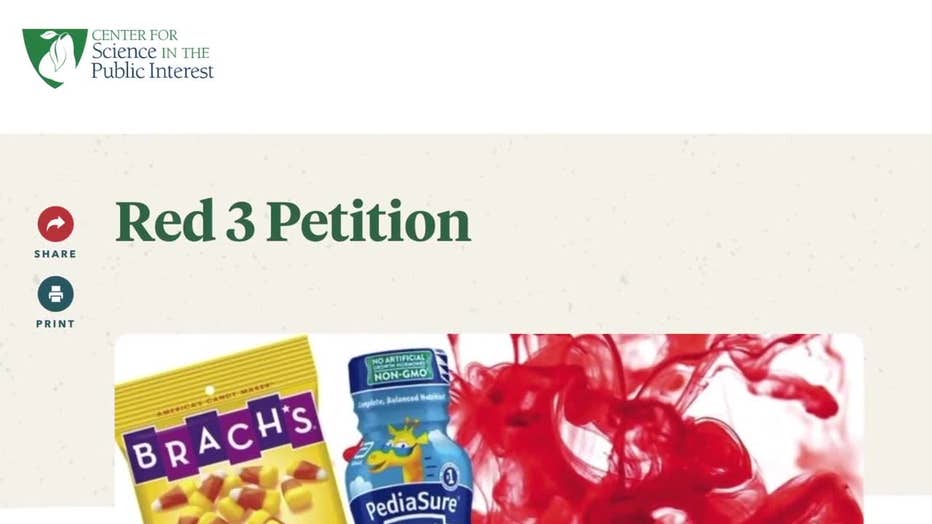
Is Red No. 3 Dye Hiding In Your Valentine’s Day Treats?
As Valentine’s Day approaches, thoughts turn to hearts, candy, and all things red. But behind the vibrant hues of some of our favorite treats may lurk a hidden ingredient: Red No. 3 dye.
What is Red No. 3 Dye?
Red No. 3, also known as Erythrosine, is a synthetic food dye derived from coal tar. It is commonly used to enhance the color of a wide range of products, including candy, baked goods, beverages, and cosmetics. While it is generally considered safe for consumption, Red No. 3 dye has been linked to a variety of health concerns.
Health Concerns Associated with Red No. 3 Dye
Research has suggested that Red No. 3 dye may trigger allergic reactions, hyperactivity, and behavioral problems in some individuals. In animal studies, it has been shown to increase the risk of thyroid and adrenal tumors.
The Center for Science in the Public Interest (CSPI) has classified Red No. 3 as a “questionable” food additive. The CSPI cites concerns about its potential to cause cancer, reproductive problems, and neurotoxic effects.
Industry Response
The food industry maintains that Red No. 3 dye is safe when used within the established limits set by the Food and Drug Administration (FDA). The FDA has classified Red No. 3 as a “color additive exempt from certification.” This means that manufacturers do not need to specifically list it on ingredient labels if it is used within certain concentrations.
Industry representatives argue that the levels of Red No. 3 dye used in food products are too low to pose any significant health risks. They also point to studies that have failed to find a definitive link between the dye and negative health outcomes.
Consumer Concerns
Despite industry assurances, many consumers remain concerned about the potential health risks associated with Red No. 3 dye. Some consumers have reported experiencing negative reactions after consuming foods containing the dye, and they are calling for stricter regulations on its use.
The European Union has banned the use of Red No. 3 dye in food products due to concerns about its potential health effects. The United Kingdom and Canada have also restricted its use in certain products.
Alternatives to Red No. 3 Dye
There are a number of natural alternatives to Red No. 3 dye that can be used to enhance the color of food products. These include:
- Beet juice powder
- Pomegranate extract
- Lycopene
- Anthocyanins
Natural food dyes are generally considered to be safer than synthetic dyes, as they are derived from fruits, vegetables, or other natural sources.
Conclusion
The debate over the safety of Red No. 3 dye is likely to continue. While the FDA maintains that the dye is safe when used within established limits, some consumers remain concerned about its potential health effects. If you are concerned about the presence of Red No. 3 dye in your food, you can choose to avoid products that contain it or opt for products that use natural food dyes instead.
Reflection on Broader Implications
The controversy over Red No. 3 dye highlights the importance of being informed about the ingredients in our food. As consumers, we should carefully consider the potential health effects of the foods we eat and make choices that are in our best interest.
The food industry has a responsibility to be transparent about the ingredients it uses in its products. Consumers deserve to know what they are eating, and they should have the right to make informed decisions about the foods they consume.
